With half of the Formula 1 season over, aerodynamic testing restrictions have been reset, with teams lower in the Constructors’ table now afforded more time.
F1’s sliding scale rules, which came into effect in 2021, are reset twice in a year, meaning that aerodynamic testing is lessened for teams the higher they are in the championship.
This means that teams towards the bottom are given more time, so Alpine, who sit bottom of the Constructors’ Championship, will be given almost double the amount of wind-on time in their tunnel compared to McLaren, the runaway leaders.
There is a baseline allowance, which allows teams to conduct 320 wind tunnel runs and 2,000 Computational Fluid Dynamics [CFD] tests across a time frame of just two months.
The Woking-based squad should not be too affected, however, as the 75 per cent allowance it is given is what it is used to, having ended last season as Constructors’ Champions.
Mercedes, in truth, has not enjoyed as sunny a period in the current era of F1 compared to the original V6 hybrid era, but an upturn in fortunes this year has its drawbacks
Being second in the Constructors’ Championship now means it is allowed just 75 per cent, with Ferrari getting five per cent more in third.
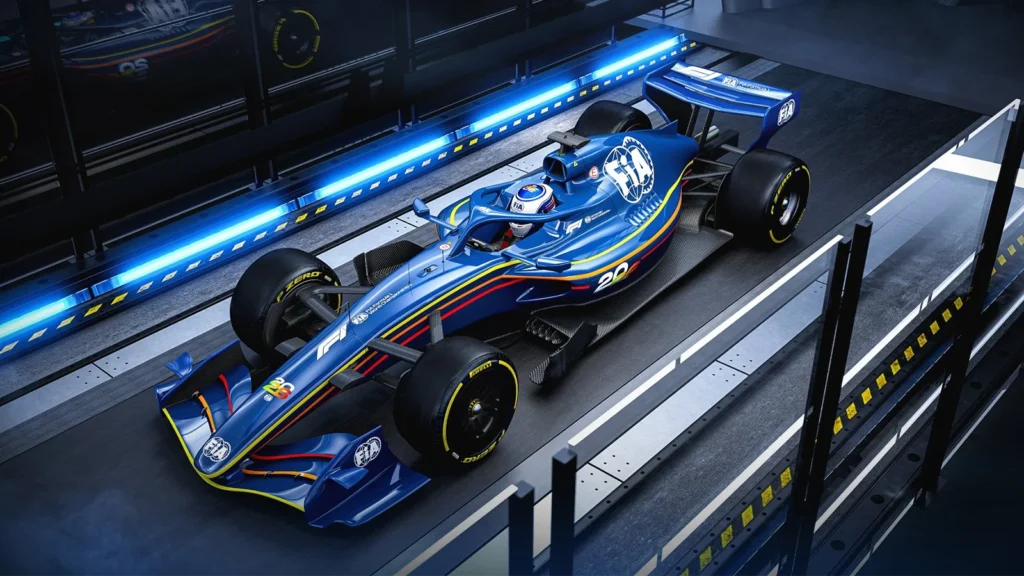
Aston Martin and Alpine: Beneficiaries of unhappy 2025 seasons
But it is worth taking into consideration that much of the time the teams will be afforded will likely be spent trying to hone and fine-tune their end product for 2026.
F1 enters a brand-new era of regulations, and with ground effect, which is omnipresent in the current cars, is more or less redundant.
This means there is a somewhat step into the unknown, meaning that regardless of how much or how little teams have, every hour is paramount to ensure they find the code that needs cracking.
Red Bull has 85 per cent for fourth place, meaning there is slightly more time than it has been previously used to, as it gears up for a season in partnership with Ford.
Williams has been given far less time than it has previously been used to since the rule came in, a price to pay for improvements that see it currently in fifth place.
Haas and Racing Bulls are afforded 95 and 100 per cent, respectively, with Aston Martin perhaps the biggest beneficiaries.
With a poor first half of the year seeing it languishing in eighth, Aston are given 105 per cent, 28 wind on time hours more than McLaren, giving Adrian Newey ample time to perfect his design.
Despite a recent resurgence, Sauber’s difficult first quarter of the campaign means they are given 110 per cent, which is good news for the team as it prepares to transition into the works Audi team.
Finally, Alpine, as previously mentioned, will be given the most time for currently being in last place. 115 per cent, 92 wind on time in 460 hours of tunnel occupancy, means it has a significant amount of time to make sufficient tweaks to what will be its first Mercedes-powered car.
Cadillac, which will make its debut next year as F1’s 11th team, will be afforded the same level of testing time as Alpine, rather than being given an infinite amount.
READ MORE – 10 years on: Remembering Jules Bianchi, modern F1’s biggest ‘what if’

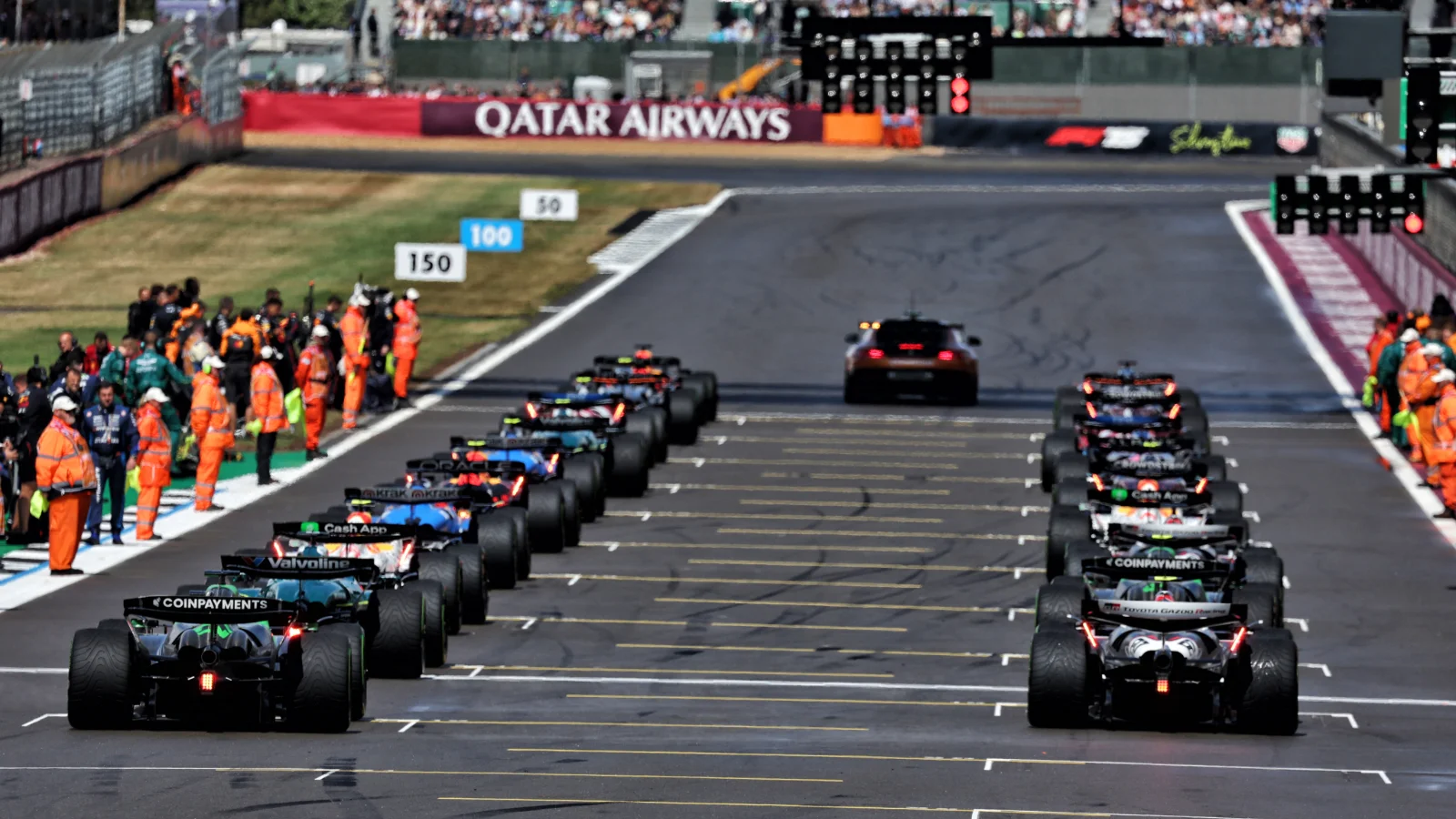


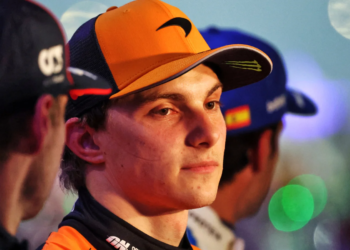
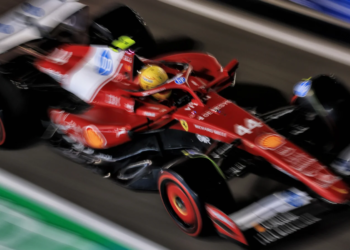
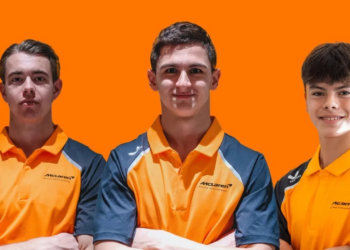
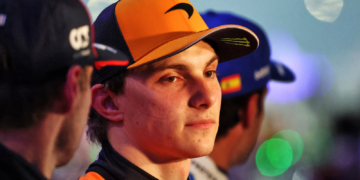

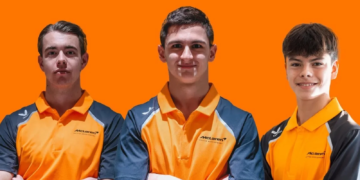
Discussion about this post